Central Izu is abundant with natural blessings. Fortunately, there is not any overly-developed resort town that may ruin the rustic atmosphere. Shuzenji is a popular spa town with many ryokans along Katsura River and historical charms, such as Buddhist temple buildings, are in harmony with the surrounding nature. You can enjoy more green as you go further down south around Yugashima area. It is pleasant to take a walk through rustic areas and natures such as the waterfall "Joren-no taki". In this area, materials for the cuisine at ryokans come both from the mountains and near-by sea, which will surely satisfy gourmets.
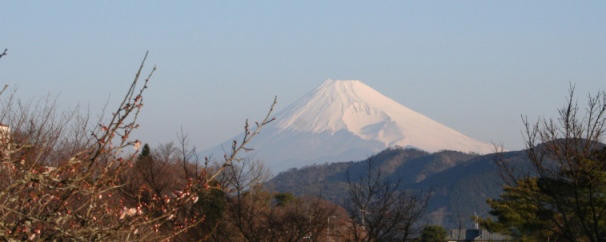
At a glance
Izu and Hakone are both ideal destinations for a short trip from Tokyo, particularly those who would like to get away from the busy city life. Izu peninsula is located approximately 100 kilometers west from Tokyo and Hakone approximately 80kilometrs
Izu also has many different faces to offer. For those who want to just relax before a transparent blue ocean, head to Mimami-Izu (South Izu). Naka-Izu (Central Izu) is for those who prefer green serene surroundings. In Higashi-Izu (East Izu) and Nishi-izu (West Izu), there are many hot spring resorts. Higashi izu has a few largely developed hot spring resort towns such as Atami or Itoh, while Nishi-izu is not as developed in terms of tourism.
Hakone, with its deep green mountains and valleys is a perfect place to fully enjoy nature. Tender green leaves in spring, blooming multihued hydrangea in the rainy season in June, and red and yellow colored mountains in autumn are beautiful sceneries you cannot miss. If you are a "Onsen-lover" there are many different kinds of hot springs with various benefits in Hakone. Try finding a perfect one for you. On a nice and clear day, you will be able to see the magnificent Mt. Fuji from Lake Ashinoko. Please understand, however, that possibility of a nice view of Mt. Fuji from here is not as high as people expect.
There are a wide variety of ways to enjoy Izu and Hakone. Particularly fresh seafood, hot spring, and scenic beauty are reasons that drive many people to revisit. To enjoy fresh seafood and indulge in a hot spring, stay in a luxurious ryokan (traditional Japanese inn). Enjoy great seafood such as Sashimi Ikezukuri dish (Assorted raw fish). Those ryokans are equipped with excellent hot springs, both indoor and outdoor, thanks to volcanic activities in this area.
Highlights
Naka-izu (Central Izu)
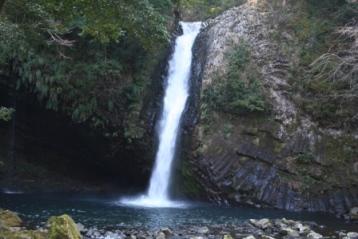
Minami-izu (South Izu)
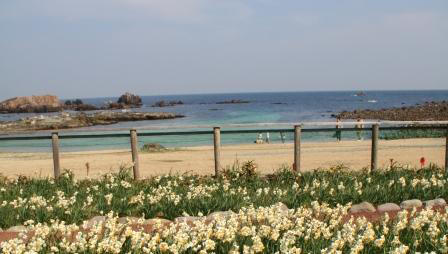
As you get closer to the southern part of Izu peninsula, the color of the sea starts to change. Deep blue color of the sea in South Izu is simply beautiful. This is a home to many marine sport enthusiasts and also to people who would like to enjoy the luxury of doing nothing under the sun. Of course, the fresh seafood here is impeccable.
Nishi Izu (West Izu)
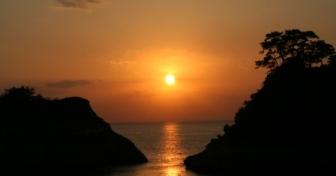
There are no trains running in the Western part of Izu, and bus services are not frequent. However, if you are travelling with a car, a drive along the seaside is very refreshing. Particularly, sunset from Dogashima area is popular among photographers. If you are lucky, it is possible to see Mt. Fuji over the sea from West Izu, particularly in winter time.
Hakone
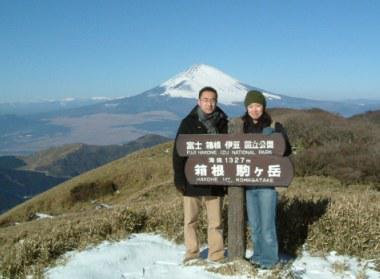
Using a cable car from Gora Station and a ropeway gondola from Sounzan Statin, you can reach the north-west part of Lake Ashinoko. On the way, a dynamic panorama view of Mt. Hakone and Sagami Bay can be enjoyed. If the weather is nice and clear, you will be able to see Mt. Fuji. Lake Ashinoko is an active spot for water recreation, such as sightseeing cruises, water skiing, and pedal boats.
Also, from the east part of Lake Ashinoko there is a ropeway gondola that will take you to the top of Komagatake (1372 meters) where you can see Mt. Fuji if the weather is clear. There are hiking courses, too, where you can enjoy various kinds of alpine flora.
How to get around Izu and what to consider when planning
Planning is important in Izu. Because public transportation is not too convenient, there is not a speedy way to get across each area. However, east, central, west and south Izu each have their own uniqueness and fun places to visit. Also, there are many different ways of enjoying Izu according to the season. For example, in February or March, you can celebrate an early arrival of spring, by picking strawberries in Nirayama, on the way to Shuzenji. So, we recommend to choose one area or maximum of two to visit in one trip.
If you want to move around Izu, a car is the most convenient way to travel. You should, however, avoid driving this area in the holiday seasons when terrible traffic jams occur. There are train services from Tokyo. To Naka-Izu (central Izu), take the Shinkansen to Mishima and change to Izu-Hakone railway to Shuzenji. To Higashi-Izu (east Izu), take the express train Odoriko (or Super view Odoriko) which will lead you directly. To Nishi-izu (west Izu), where tourism is no so developed, you will need to use local buses.
Recommended Accomodations in Izu
Recommended Accomodations in Hakone
These are luxurious ryokans (Japanese style inns) that we recommend. We can book other ryokans or international hotels depending on your travel plan or budget. Please contact us by E-mail (commentsmtj@michitravel.com) or phone (81-3-5213-5040).
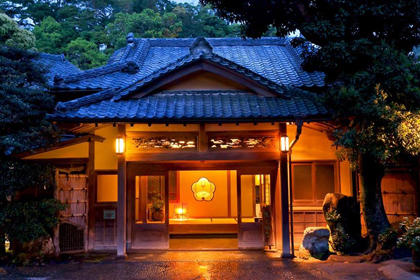 Ochiairou (Izu, Izu Yugashima)
Ochiairou (Izu, Izu Yugashima)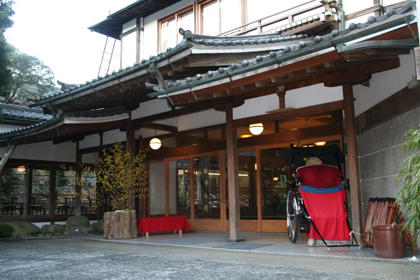 Arai-Ryokan (Izu,Shuzenji)
Arai-Ryokan (Izu,Shuzenji)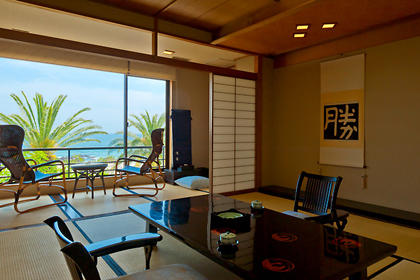 Totei (Izu)
Totei (Izu)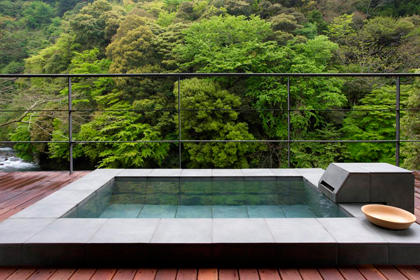 Arcana Izu (Izu, Izu Yugashima)
Arcana Izu (Izu, Izu Yugashima)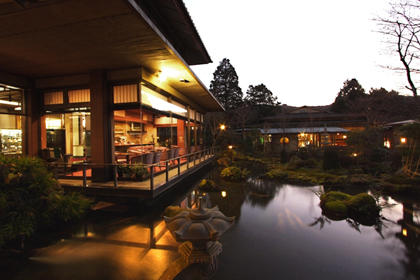 Yoshimatsu (Hakone)
Yoshimatsu (Hakone)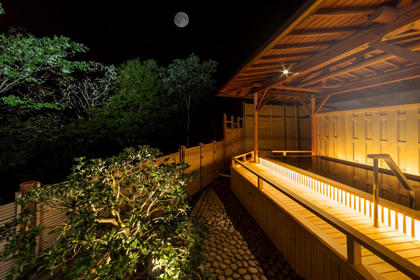
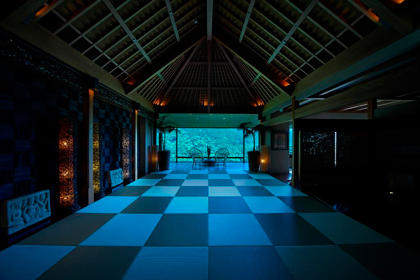 Hakone Ginyu (Hakone)
Hakone Ginyu (Hakone)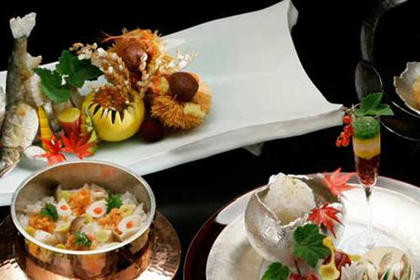 Hatsuhana (Hakone)
Hatsuhana (Hakone)